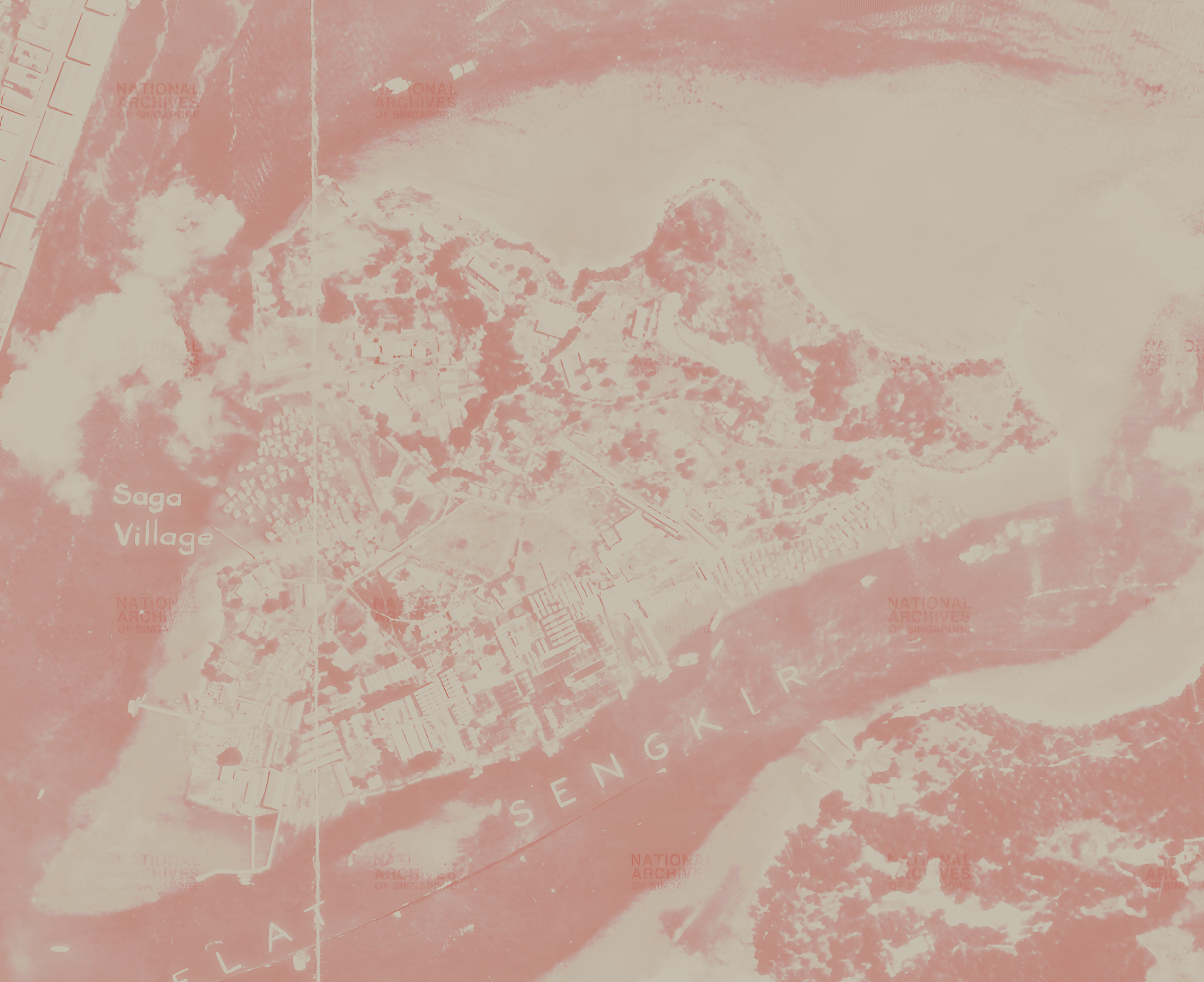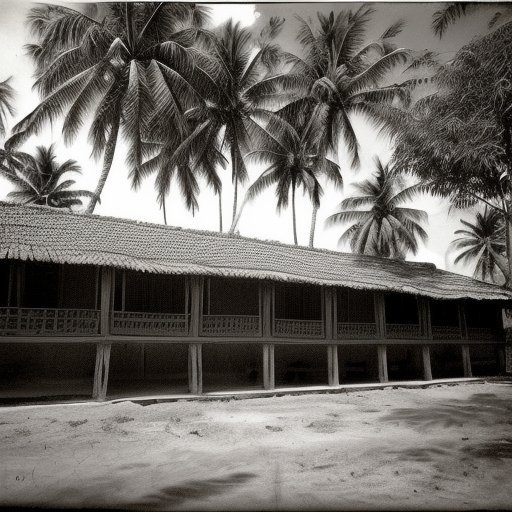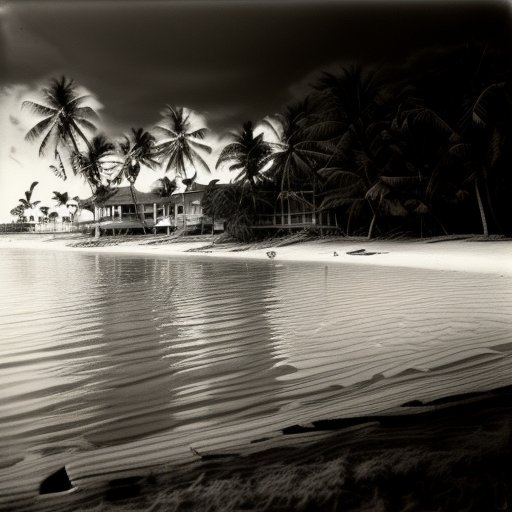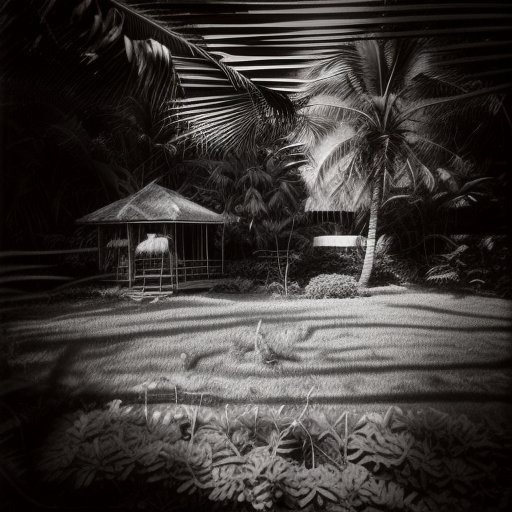
Lazarus Island, also known as Pulau Sekijang Pelepah, is one of Singapore's southern islands with a history involving the Orang Laut and Orang Pulau community. According to former residents, Cikgu Jalil and D’zul, the island's current name, Lazarus, originated from two missionaries, Lazarus and St John, sent by Raffles in search of water.
Sekijang, a term derived from the Malay words "seekor" and "kijang," translates to "one deer." The specific type of deer remains uncertain, as it could have been a mouse deer, a roe deer brought by the British, or a barking deer native to Southeast Asia in the 1800s. The legend of deer on the islands, recounted by former penghulu Encik Jaafar bin Hussein, involves two deer initially inhabiting one island. They eventually separated, with one remaining on Pulau Sekijang Bendera and the other moving to Pulau Sekijang Pelepah. As a result, both islands became associated with 'sekijang,' meaning 'one deer.'
The former name, "Sekijang Pelepah," came from a narrative involving two Indonesian men, one of whom observed pelepah (coconut tree leaves) sinking into the sea during high tide. With the islands initially distinguished as Pulau Sekijang Besar and Pulau Sekijang Kecil, Sekijang Besar corresponds to St Johns, and Sekijang Kecil is Lazarus. The name "Pulau Sekijang Pelepah '' was later adopted for Lazarus Island.












